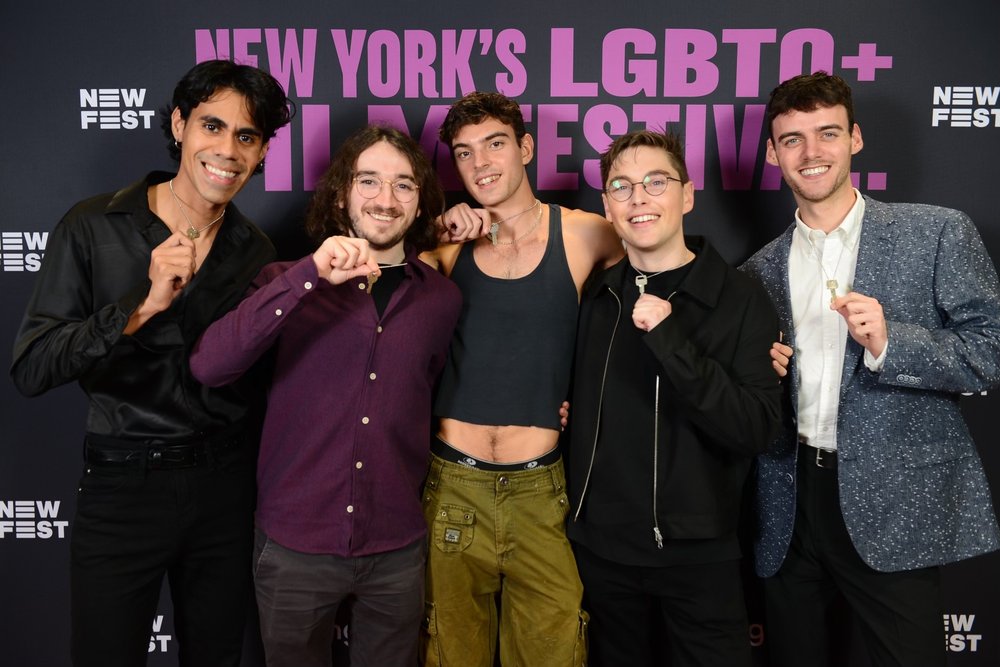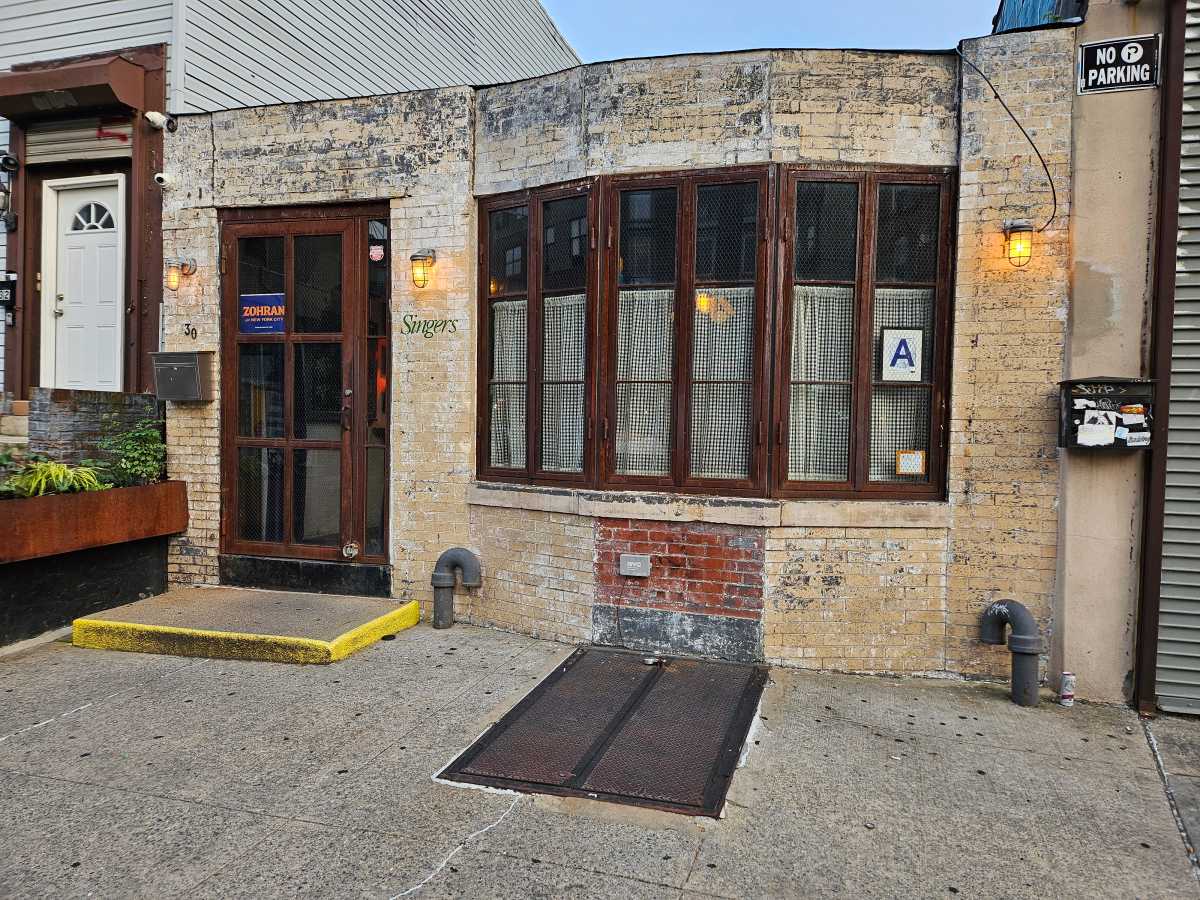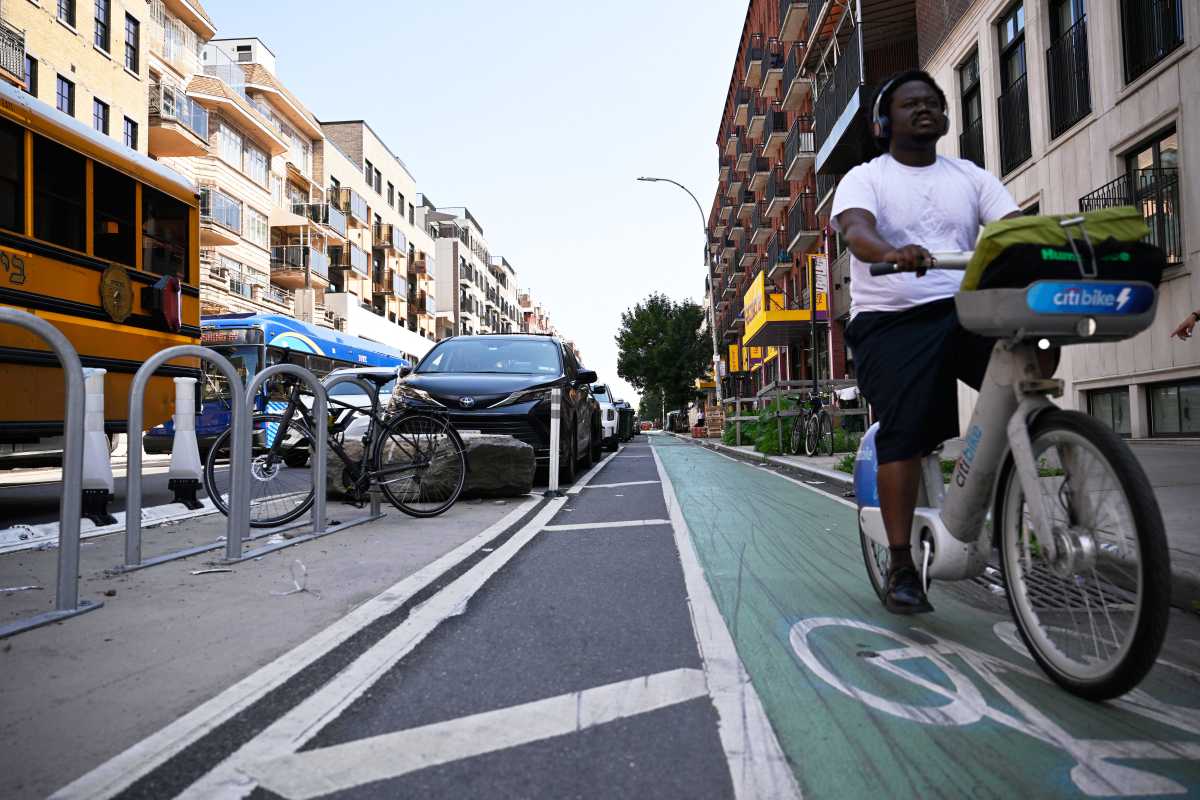VILLAGER EXCLUSIVE
BY LINCOLN ANDERSON | A top real estate advisory firm has crunched the numbers for local youth sports leagues’ plan to build a pair of 22-story residential towers next to Pier 40 in Hudson River Park, and found that it would generate an astronomical amount of money for the cash-strapped park.
The study of the Pier 40 Champions plan — along with a study of a rival plan by developer Douglas Durst — was presented to members of the Hudson River Park Task Force last Friday. While the reports have not been made public, The Villager has obtained copies of both documents.
The analysis of the Pier 40 Champions proposal was done by Newmark Grubb Knight and Frank, and is basically a projected “financial model” for the plan. Newmark found that the two new towers would yield a combined initial $115 million ground-rent payment for the park. That figure is around what the Hudson River Park Trust says is needed to repair the aging, 15-acre West Houston St. pier, many of whose thousands of steel support piles are corroded, and whose concrete roof has eroded in the elements.
In addition, under the youth leagues’ plan, the two new high-rises would provide an annual income of $8.9 million. Plus, parking at Pier 40 would net another $4.7 million a year, while a mix of retail, indoor recreation, office space and a marina would pull in an additional $3.5 million a year.
All told, after the initial massive ground-rent payment for the towers, the combination of the high-rises and other commercial uses at Pier 40 would produce $17 million per year in operating income — with $10 million of that going to the Trust as a rent payment, according to Newmark.
Under the Champions plan, the two towers would be located just east of Pier 40, in the parking turnaround area between the former Holland-America shipping pier and the Hudson River Park bike path.
Newmark recommended that the best scenario would be a 280-unit residential condo building paired with a 326-unit “80/20” rental building, with 80 percent market-rate units and 20 percent affordable units; the developer would get a property-tax break for creating the affordable units. The condo building would be 270,000 square feet and the 80/20 rental 315,000 square feet.
In Newmark’s analysis, rents for the market-rate units would range from $3,580 for studios, to $4,500 for one-bedrooms, $6,500 for two-bedrooms, and $8,645 for three-bedrooms. Meanwhile, the affordable studios would rent for $647 per month, one-bedrooms $812, two-bedrooms $1,175, and three-bedrooms $1,560.
Newmark determined the total cost of building the twin towers — not including the hefty ground-lease payment — at about $280 million.
The Pier 40 Champions coalition includes the likes of Greenwich Village Little League, Downtown United Soccer Club (DUSC) and P3 (Pier Park & Playground Association), organizations that all make heavy use of the huge, artificial-turf playing field in Pier 40’s courtyard. The youth leagues’ chief concern is preserving the field. Several years ago, they mobilized to oppose a plan by The Related Companies to turn the pier into a “Vegas on the Hudson” entertainment complex, which the leagues feared would threaten the field and the pier’s family-centric, youth sports culture.
So, the leagues, last year, working with WXY Architects created their own concept plan, and more recently tweaked it a bit, to provide even more field space on the pier. The Champions plan is a creative spin on an earlier idea by outside consultants that the leagues commissioned last year to try to solve the Pier 40 puzzle.
That study found that retail use on the pier would provide the highest revenue for the park combined with the least impact, when compared with other possible uses, like destination retail or entertainment. But the idea of housing on the pier generated intense opposition from some stakeholders, notably Assemblymember Deborah Glick, who called it foolhardy in an era of rapid climate change.
More to the point, residential use is prohibited under the 1998 Hudson River Park Act that created the park, so a legislative change in Albany would be required. Glick has said she would oppose such a modification, while state Senators Brad Hoylman and Daniel Squadron both recently publicly said they have serious reservations about the idea of housing in Hudson River Park.
The Champions hit on the idea of putting the towers on the upland part of the park instead of on the pier, saying this would actually make them cheaper to build.
After the latest revisions, the towers’ height has grown from 15 stories to 22 stories — since the plan apparently “works better” this way. The 15-story height was used initially since it’s equal to that of the nearby residential complex Morton Square.
Driving the search for development schemes for Pier 40 is the fact that Hudson River Park is supposed to be financially self-sustaining, with Pier 40 designated as a key commercial, revenue-generating “node.” Funding from the state and city has dried up and the park is now operating at a deficit, making Pier 40’s cash potential even more critical.
Meanwhile, there is another competing concept plan for Pier 40, this one by developer Douglas Durst. A few months ago, Durst resigned from his position as chairperson of the Friends of Hudson River Park, citing differences with the Trust and its president, Madelyn Wils, about the direction of the park and, most significantly, the idea of residential use on — or, for that matter, next to — Pier 40.
Durst, who has teamed up on the plan with Ben Korman, who used to run the parking at Pier 40, is proposing an adaptive reuse of the existing pier-shed structure. Among the uses he envisions are high-tech offices, retail, paid recreation and a continuation of the pier’s parking — but operated more efficiently and compactly by means of parking stackers.
According to Wils, though, Durst did not provide enough information for Newmark to perform a proper analysis. But Jordan Barowitz, a Durst spokesperson, said they did give the necessary financials.
At any rate, the financial model Newmark outlined for the Durst concept is much sketchier than that for the Champions.
As for the rent that office tenants would be expected to pay, Newmark found Durst’s recommended figures high, about $10 to $20 per square foot above the going rate.
The firm’s report also cautioned, in the wake of Hurricane Sandy, “Flood risk may be deterrent to corporate real estate offices, particularly for tech companies.”
Regarding retail, Newmark said Durst will need an anchor tenant, along the lines of a Fairway, Whole Foods or Trader Joe’s supermarket or maybe a Brooklyn Bowl. But the real estate firm questioned whether such tenants would be willing to pay Durst’s anticipated base rent of $120 per square foot, which is at least double current market rents.
Newmark also said Durst’s projected fees for paid active recreation on the pier are far too optimistic, as is Durst’s projected revenue from this use, $4.5 million. Whereas Durst is saying that a recreation facility could command $25 per square foot rent on Pier 40, Newmark noted that Basketball City at Pier 36 on the East River pays only $3 per square foot.
Durst has said he would not personally develop his concept plan, but is “just putting it out there” to try to help save Pier 40 and finance its repairs, as well as help finance the 5-mile-long park, in general. Similarly, the Champions’ soccer moms and dads would not construct the high-rises.
Meanwhile, Durst spokesperson Barowitz dismissed the real estate firm’s study as biased.
“The Newmark report was commissioned to refute our proposal, so it’s not surprising they question our numbers,” he stated. “With nearly 100 years in New York City real estate, we stand by our assumptions. What should be questioned is the math in the housing proposal, which is overly optimistic; the Champions assume an extraordinary high rate of return and efficiency factor.”
Asked for comment by The Villager on the leaked Newmark reports, and on Barowitz’s calling the study slanted, Wils maintained that the Trust isn’t favoring any proposal, and defended the real estate firm.
“The Trust is facing serious problems on Pier 40, and does not have the luxury of favoring one idea over another if we are to save the pier — both the income stream it generates for the park and the public space it provides,” she said. “Therefore, rather than trying to preclude options, the Trust is working to make a case for having all options on the table.
“Newmark, one of the top brokerage firms in New York, was retained specifically to employ its independent expertise in Manhattan real estate and help us explore both ideas,” Wils said. “However, as we have repeatedly stated, we will not be in a position to judge the viability of any concepts until we have formal responses to a future request for proposals [R.F.P.] in hand.”
Wils has repeatedly said that to do the R.F.P. right — so that it attracts a wide array of potentially feasible ideas for the pier — the park act must be opened up and modified to allow more uses, including but not limited to housing.
Durst actually likes housing in parks
Adding yet another twist, Durst is now saying that he is, in fact, a big supporter of housing in parks. Commenting on The Villager’s article two weeks ago, “Two plans, many questions; Pier 40 forum coming up,” Durst said, again, his preference is to reuse the pier’s existing structure, which is structurally sound, and thus less wasteful than either partially or totally tearing it down.
However, he then added, “Once the decision is made to build housing in the park, and I am very much in favor of building housing in parks, there is no reason to only look at the park in front of Pier 40. There may be better locations, and if so, the parking area in front Pier 40 could be park instead of high-rise housing.”
Asked for clarification of Durst’s position, Barowitz said, “He thinks putting housing on Pier 40 or putting it next to Pier 40 and knocking down a portion of the pier is not a good idea. Housing in parks, as a concept, is something he is fine with, i.e. Battery Park City and Brooklyn Bridge Park.
“Douglas has always said that he does not have an ideological problem with housing in the park,” he added. “His issue is with the efficacy of this plan [by the Champions].”
Asked if Durst would support housing in Hudson River Park, Barowitz said, “This is a discussion about Pier 40. Douglas doesn’t have a proposal to build housing in another location in the park.”





































